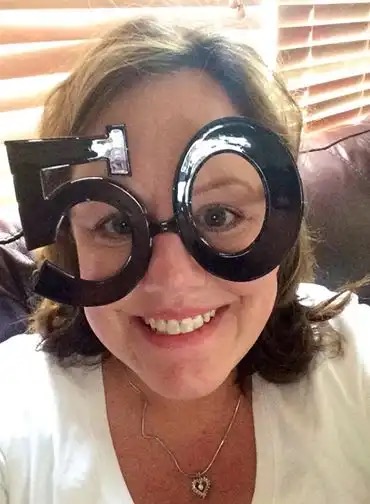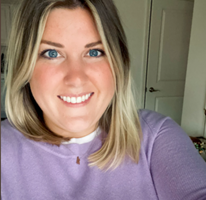I was first blindsided by deep vein thrombosis after the birth of my second child in 1993. Shortly after she was born, I remember stumbling on the steps on my way upstairs after preparing a middle-of-the-night bottle. I thought I had pulled a muscle, and the growing pain in my leg didn’t alarm me.
But then, it got to a point where it was throbbing. In fact, in the middle of the night, I asked my husband to massage it. In hindsight, I’ve always wondered if this might have had disastrous consequences. Anyway, after days of pain, it got much worse and I was having a hard time walking.
I headed to the ER, my infant daughter in tow in her stroller. After I finally met with the triage nurse, she started to send me back into the (very busy) waiting room to wait my turn. And then she said, “On second thought, please come with me.” While I didn’t know it at the moment, she was correctly guessing I had a serious problem. I still wasn’t sensing any urgency, but I changed into a gown as the nurse requested and reclined on the bed.
Suddenly, there were numerous professionals literally running at me. Starting not one but two IVs, drawing blood, conducting a painful blood gas test, and more. It was terrifying. A Doppler ultrasound confirmed the DVT, and there was extensive testing to ensure the clot hadn’t traveled to my lungs.
I spent six days in the hospital away from my husband and two children, still in a lot of pain but learning about DVT/PE.
Nothing could have prepared me, though, for the lifelong implications this incident would bring. Twice-daily heparin shots throughout my third pregnancy, bridging over to heparin and then back to my regular meds for numerous surgeries, and lots and lots of assorted tests, bloodwork, and doctor visits ensued.
A specific clot-causing condition could never be identified, but clearly, there is one. I’ve had half a dozen or more DVT and PE episodes over the years and learned my mother had had one too. Years later, my daughter was diagnosed with a PE at age 17.
I’ve been told a significant percentage of hypercoagulability cases are “unspecified” like mine.
Recently, after about 10 years on rivaroxaban (a blessing given it doesn’t require constant bloodwork to maintain levels), I found out the hard way that while anticoagulants greatly decrease your risk of blood clotting, the risk is not zero. While in the ER for an unrelated issue, a clot was discovered behind my right knee. I am back where I started, on warfarin and driving more than an hour round trip weekly for INR testing.
I couldn’t help but think “Here we go again.” But then again, I’m one of the lucky ones. I’m alive.
Resources
Living Your Best Life on Blood Thinners
Know Your Risk
Women and Blood Clots




